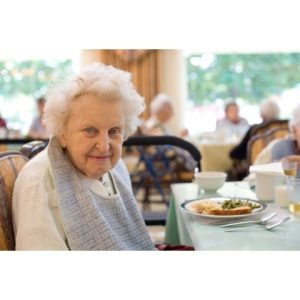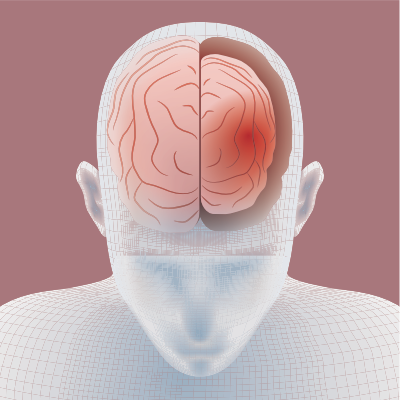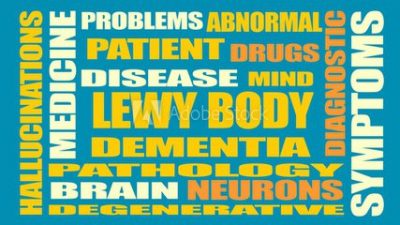 Although persons living dementia may have challenges with eating, such as chewing, ability to taste or smell food, or remembering how to eat, the dining experience can have a tremendous effect on their socialization, how much they eat and if the time they spend eating is enjoyable or frustrating. Improving the dining experience is certainly possible, whether in a community-based setting, a hospital in the home or even in a restaurant.
Although persons living dementia may have challenges with eating, such as chewing, ability to taste or smell food, or remembering how to eat, the dining experience can have a tremendous effect on their socialization, how much they eat and if the time they spend eating is enjoyable or frustrating. Improving the dining experience is certainly possible, whether in a community-based setting, a hospital in the home or even in a restaurant.
Understanding their challenges is the first step to making positive changes.
Let’s look first at noise. Of all the senses, hearing is the one that has the most significant impact on people with dementia in terms of quality of life. This is because dementia can worsen the effects of sensory changes by altering how the person perceives stimuli, such as noise and light.
Dining areas are often challenged with multiple layers of noise that can cause unrest and agitation. If a TV or radio is on at the same time that family (or staff) is talking, dishes cutlery clattering, together this can lead to a heightened sense of disorientation. While it is not possible to remove this noise altogether, it is certainly possible to observe how much noise is taking place. Perhaps a solution would be to have quiet, calm background music, refrain or limit conversations, and certainly make extra efforts to reduce the clatter of dishes.
As sensory simulation changes, loss of taste and ability to smell are often adversely affected. This may be due to the brain changes taking place or use of medications or a number of other reasons. This means we may have to get more creative in how food is displayed, so that is visually more appealing, even though they cannot taste and smell as sharply as they once were able to do.
Various studies have been done that show the color of the plate had a significant effect on how much food was consumed – as much as a 25% increase by simply changing the plates to a bright canary yellow or red.
While we are talking about the color of the plate, let’s also think about the food that goes on the plate. A person living with dementia may not have visual/spatial abilities that a normal person has. In fact, as dementia progresses, vision changes. This is even more reason to make food more colorful and appealing. Keeping in mind that they sometimes don’t eat as much as one normally would, due to a number of reasons, focus on the quality of food over quantity. Having a variety of colorful food that is easy to chew, in bit size pieces, mashed or pureed (if needed), may make it much more appealing for a person with dementia to want to eat and have the ability to eat independently or with minimal assistance.
“This looks delicious!” Simple encouraging prompts to eating can have positive effects on another person.
Slow down. Allow the person to eat at his/her pace. This will vary greatly depending on their abilities. In almost all cases, persons with dementia are going to take longer to chew, manipulate their utensils, and simply process the dining experience. That’s okay. The goal is nutritional intake, engaging in a pleasant experience and having the person leave have the emotional takeaway that eating is something that they enjoy.
We talked about noise and how overstimulation can have negative consequences, especially during mealtime. Some people with dementia will enjoy the company of others and having conversation, but know that often too much conversing can distract them from the task of eating. Be mindful that each person is different and this may also change for them from meal to meal depending on the environment and other factors. That said, when they start eating may be a good time to limit conversation so they can concentrate on their task.
Practicing patience, empathy, and understanding is always the goal when helping a person with dementia. Nutritional intake is important, however, we have to read the person’s body language and take cues. If they are not receptive to eating at a particular time, then simply accept this instead of forcing something that may lead to behavioral expression.
Summary of Top Ten Tips for Improving the Dining Experience
- Reduce over-stimulating noise.
- Consider soft background music appropriate for that person.
- Replace white plates with colors like yellow or red.
- Present colorful food and focus on quality, not quantity.
- If needed, present food in bite-sized pieces or mashed.
- Use encourage prompt such as “This food looks delicious!”
- Slow down and practice patience!
- Limit conversation when the person begins to eat.
- Have a goal of making the dining experience pleasant while focusing on nutritional intake.
- Be flexible and understanding that eating times may often need to be adjusted.
Pam Brandon is President/Founder or AGE-u-cate® Training Institute and Creator of the internationally recognized Dementia Live® Simulation Training program.
http://www.AGEucate.com
 Stress is simply a part of life. Think about each and every stressor that affects our lives almost daily. Here are just a few to think about: traffic, annoying telemarketing calls (what telemarketing calls aren’t annoying?), junk mail, the news, job demands, airline delays (let’s just airports in general), and the list goes on. Life is complicated, stressful and caregiving is even more so on just about every level. So instead of talking about eliminating stressors, let’s talk about how caregivers can put coping skills into practice so that falling into the traps of anxiety, depression and more is eliminated or decreased as much as possible.
Stress is simply a part of life. Think about each and every stressor that affects our lives almost daily. Here are just a few to think about: traffic, annoying telemarketing calls (what telemarketing calls aren’t annoying?), junk mail, the news, job demands, airline delays (let’s just airports in general), and the list goes on. Life is complicated, stressful and caregiving is even more so on just about every level. So instead of talking about eliminating stressors, let’s talk about how caregivers can put coping skills into practice so that falling into the traps of anxiety, depression and more is eliminated or decreased as much as possible.
 Accounting for up to 20 percent of all forms of dementia, Lewy Body Dementia affects approximately 1.4 million Americans. Lewy Body Dementia (LBD) is the second most common cause of progressive dementia behind Alzheimer’s disease. LBD is also the most misdiagnosed form of dementia because symptoms are closely related to Parkinson’s disease and dementia with Lewy Body (referred to as DLB).
Accounting for up to 20 percent of all forms of dementia, Lewy Body Dementia affects approximately 1.4 million Americans. Lewy Body Dementia (LBD) is the second most common cause of progressive dementia behind Alzheimer’s disease. LBD is also the most misdiagnosed form of dementia because symptoms are closely related to Parkinson’s disease and dementia with Lewy Body (referred to as DLB).